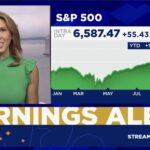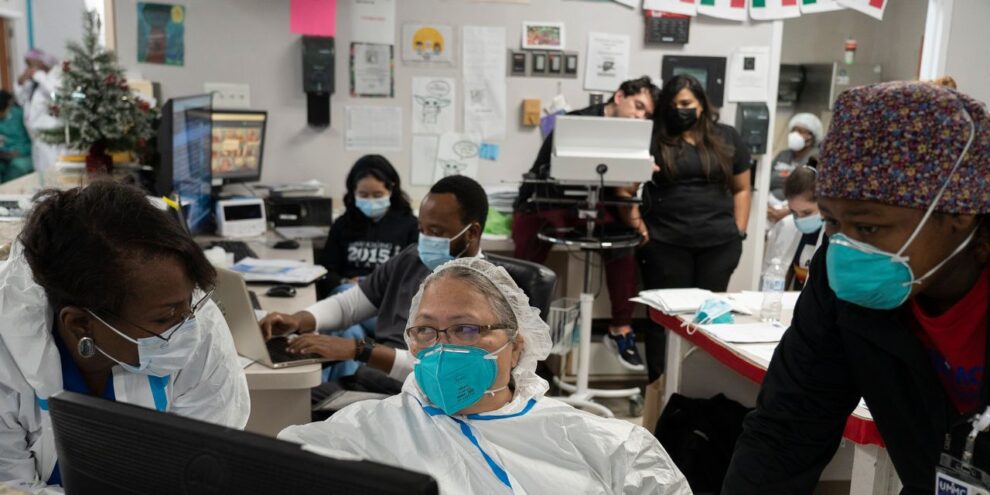
The U.S. economy stumbled toward the finish line as 2020 ended, with the recovery from the coronavirus pandemic slowing, putting it in danger of losing jobs for the first time since the pandemic erupted last spring.
Wall Street predicts a small increase in job creation in December when the government issues its final monthly employment report for 2020 next Friday. But economists’ forecasts are all over the map: Estimates range from a modest gain of 200,000 jobs to a decline 175,000 that would mark the first drop in seven months.
See: MarketWatch Economic Calendar
Adding to the confusion: A potentially big disruption in the normal hiring patterns around the holiday season.
Certain companies such as retailers added fewer workers in stores than usual while shipping companies like UPS UPS, +1.31% and Amazon’s AMZN, -0.88% delivery service added more staff to distribute packages.
Read: When will jobless Americans get their extra $300 in benefits
Barring a surprisingly big increase in hiring, the outcome is unlikely to matter much to financial markets. Stocks have been rising in anticipation of the broader availability of Covid-19 vaccines boosting economic growth as 2021 unfolds.
Yet the details of the December jobs report will underscore just how far the U.S. has to go. The economy has only recovered just over half of the 22 million jobs destroyed in the first two months of the pandemic and hiring fell off sharply in the waning months of 2020.
Even the surprising drop in the unemployment rate to 6.7% — from a pandemic peak of 14.7% – underestimates the recovery in the labor market.
The true level of joblessness is probably several points higher, economists say, and that doesn’t even include some 4 million people who have dropped out of the labor force and are no longer included in the official unemployment rate.
Read: U.S. consumer confidence tumbles in December
The most critical segments of the economy to watch are retail, leisure and hospitality and entertainment.
Businesses such as restaurants, hotels and theaters have been waylaid again by government restrictions on hours of operation and the number of customers allowed on premises. They bore the brunt of the damage in the spring and are bearing it again during the winter.
“Activity at restaurants across the country dropped sharply [in December] as many states restricted indoor dining,” said Lewis Alexander, chief U.S. economist at Nomura Securities.
The damage is likely to linger for at least a few months. Even if the vaccines work as promised, the initial rollout has been slower than expected and it’s going to take many months to inoculate most of the population.
Smaller businesses and those that deal directly with customers are likely to struggle until the pandemic fades, forcing them to either lay off workers or hold the line on new hiring.
Although the December employment report is the main event, the first week of January will bring a flood of economic reports.
Wall Street will pay close attention next week to weekly jobless claims and a pair of ISM business surveys that will shed more light on how much the economy deteriorated in December.
Read: Jobless claims dip below 800,000, but layoffs still high
After a brief hiatus, the Federal Reserve will also take center stage again. An army of senior central bank leaders will lay out their views on the economy in the months ahead in a series of public appearances.
The minutes from the Fed’s December meeting on Wednesday will also cast more light on how the central bank plans to bolster the economy in 2021.







